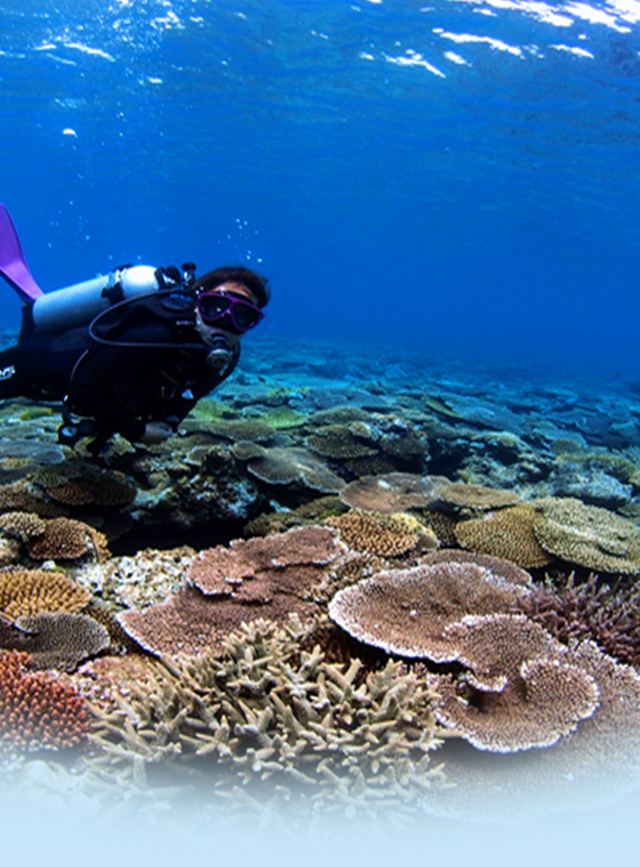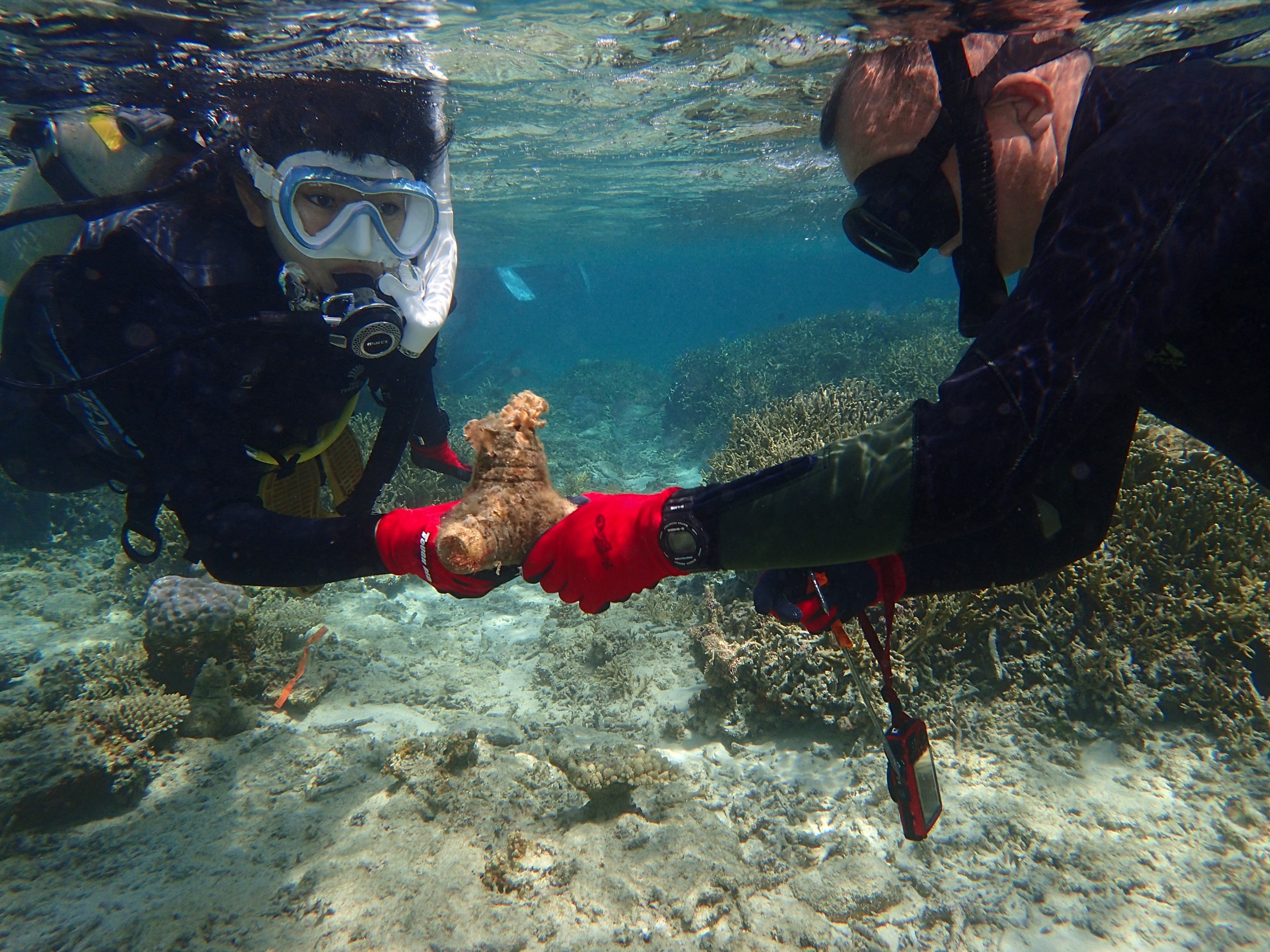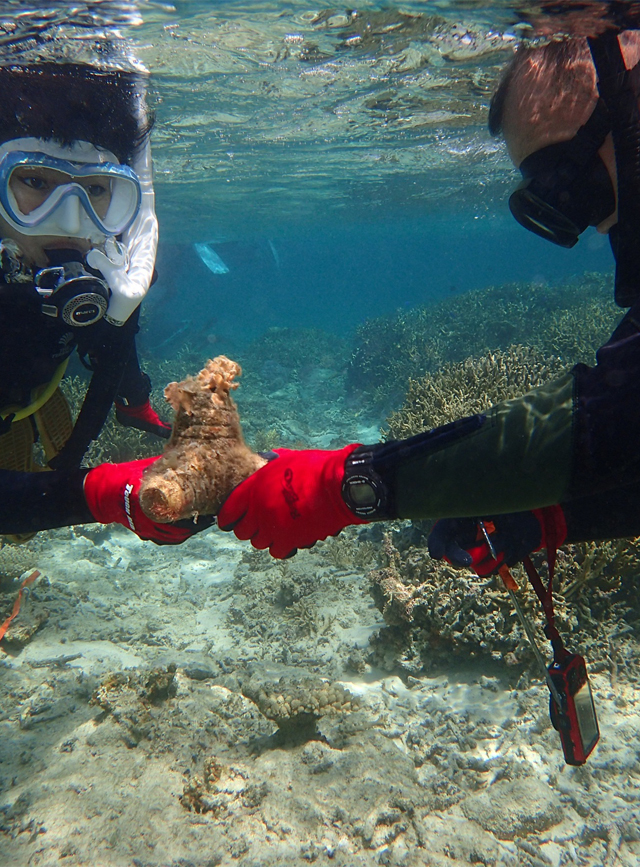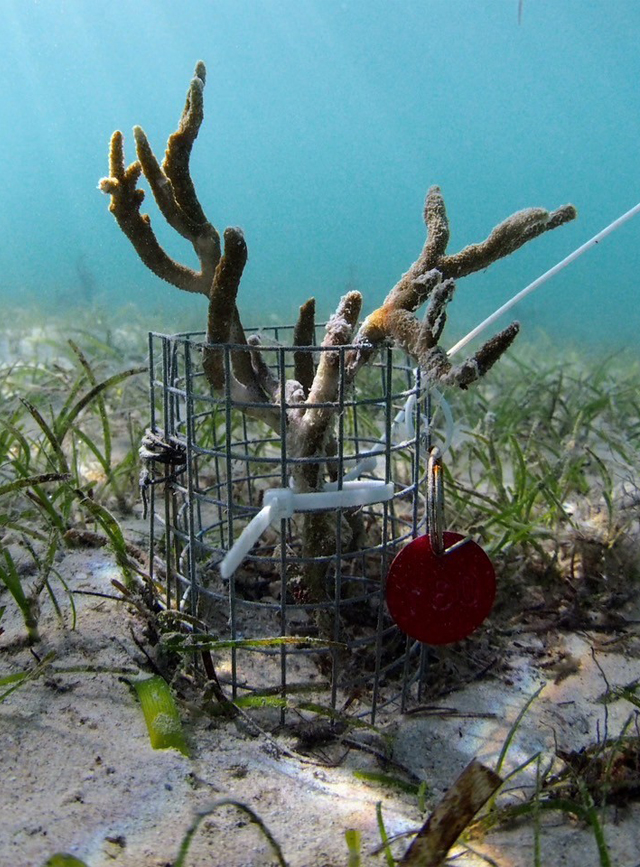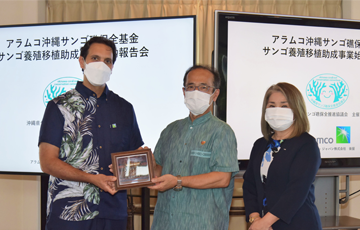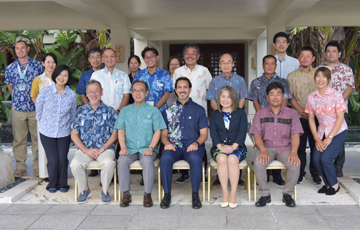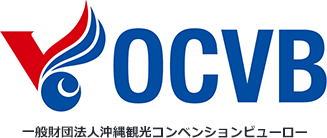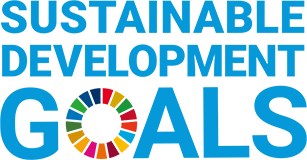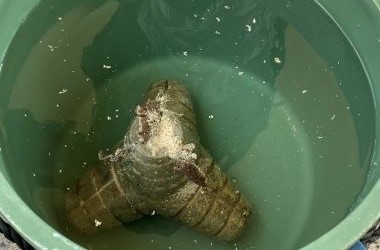To save the beautiful ocean in Okinawa
Busena Marine ParkFarmed Coral Transplanting Project
The Third Phase
Transplanting
PlanFrom April 2023 to April 2024
- 1.Transplanting Plan ▼
- 2.Raising Coral Seedlings ▼
- 3.Transplantation Work ▼
- 4.Record of Growth ▼
- 5.Future Challenges ▼
1. Formulation of farmed coral transplanting plan
2020 marked the 50th anniversary of Busena Marine Park. As a commemorative project for the milestone and one of the SDGs activities implemented by the Okinawa Convention & Visitors Bureau (OCVB), Busena Marine Park decided to formulate and implement a farmed coral transplanting plan in cooperation with the nonprofit organization Coral Okinawa, which works on coral preservation.
Busena Marine Park is a tourist facility managed and operated by OCVB, which was registered as an “Okinawa SDGs Partner” on February 1, 2021. OCVB clearly stated in the SDGs Plan submitted to the prefecture that it puts maximum effort to preserve the natural environment of Busena Marine Park.
OCVB was registered as the Okinawa SDGs Partner.
Since 2022, we and The Terrace Hotels Co., Ltd. have cooperatively conducted a coral transplantation project with the financial support of Aramco Asia Japan K.K. through the Okinawa Coral Reef Conservation Consortium.
In implementing this grant support, a project start-up report meeting was held in June 2022.
memo
Currently, many different organizations implement coral transplantation, but a standardized method or technique has yet to be established. It is not uncommon for monitoring research after transplantation to reveal a survival rate of 0%. However, there are cases where corals transplanted over 20 years ago have successfully grown and even reproduced. Busena Marine Park referred to past examples when deciding how, where, and what type of coral to transplant.Additionally, the transplantation plan follows the “Okinawa Prefecture Coral Transplantation Manual” and “Japan Coral Reef Society: The Transplantation Guideline for Reef-Building Corals.”
Permission of Coral Transplantation
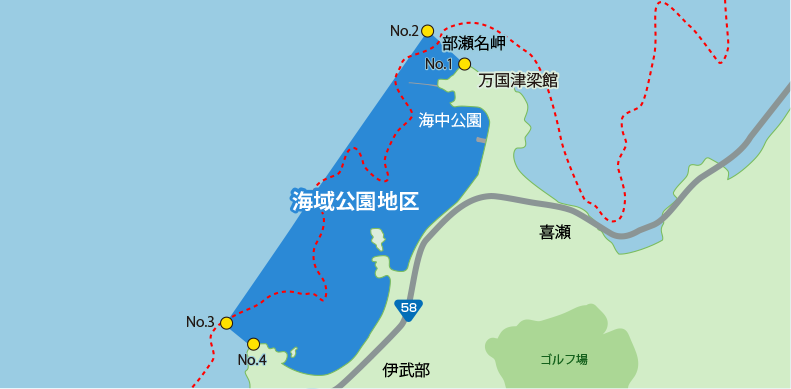
The Okinawa Kaigan Quasi-National Park - Marine Park Area
Selection of transplanting location
Coral is a highly sensitive creature; therefore, it cannot grow well under unsuitable conditions. The transplanting location must be selected carefully, considering multiple factors such as depth, water quality, water temperature, current direction, seafloor conditions, the presence of natural enemies, and more.
Additionally, the location must be easily accessible so that visitors can observe the corals in the future.
We have selected a transplanting location near the pier of the glass-bottom boat that meets the following conditions:
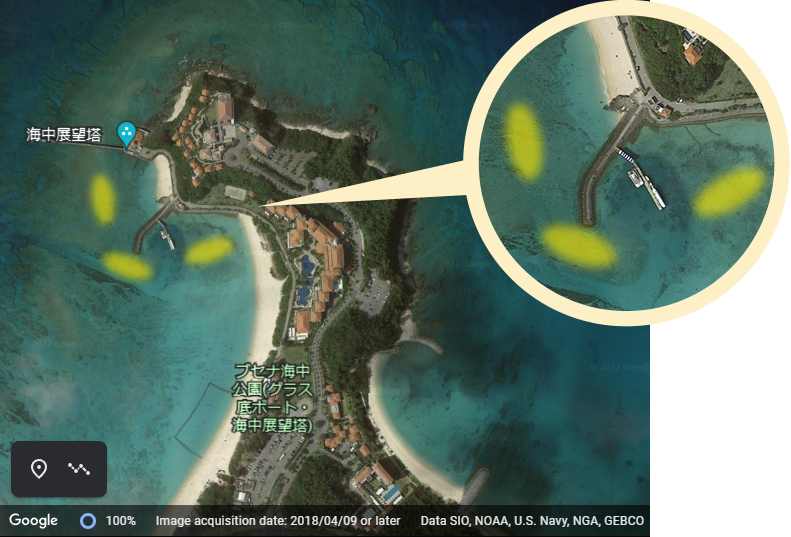
Conditions for the selection


The location is approximately 3 meters deep, close to the pier, and easy to access for transplantation and monitoring.


The seafloor is flat and rocky, which is ideal for coral transplantation.


There are nearby living coral reefs in good condition that demonstrate suitable conditions.


The presence of a current prevents coral bleaching due to high water temperatures during the summer.


There are few natural enemies of coral, such as Crown-of-thorn starfish, Coral-eating gastropods, and Parrotfish.
Source of “mother” coral and its type
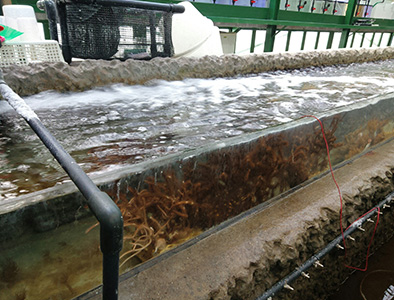
The Okinawa Fisheries Adjustment Regulations prohibit the gathering, possessing, buying, and selling of reef-building corals. Therefore, legally cultured coral must be used for coral transplantation.
There are multiple facilities that culture coral in Okinawa, but we asked Sango Batake, which has excellent experience in coral preservation, to provide the mother coral of Plate Coral.
In addition to Plate Coral, we also transplanted Branched Montipora Coral as we did previously and Cauliflower Coral for the first time.
Both species are abundant in Busena Marine Park. However, it is necessary to obtain Approval of Special Collection to collect these pieces. After continuous consultation with the Fisheries Division of Okinawa Prefecture, permission was granted in June 2023.
We decided on transplanting coral species based on the following conditions.


It is a common species and has easily obtainable donor (mother) corals.


It can be obtained from the west shore of Okinawa main island to ensure genetic proximity to the corals already inhabiting the area.


It is cultured by a reliable farm.


There are past examples of successful transplantation of the species, and it has a high potential to survive after being transplanted to Busena Marine Park.
-
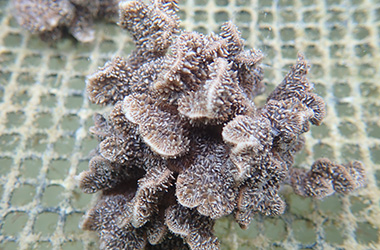
- Plate CoralPavona decussata
- Different from branched corals, it develops a thick plate-like vertical structure that is durable against physical impact such as strong waves. As a pioneer species, it starts growing in environments with hardly any other organisms, promoting the growth of other types of corals. There is an established method to nurture the seedlings, and there are many successful cases of transplantation in the past. It is one of the most resilient species for the high water temperatures in the summer.
-
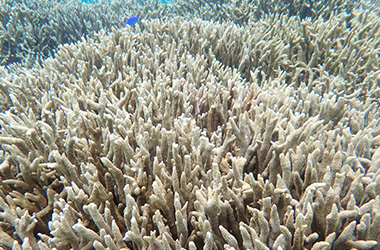
- Branched Montipora CoralMotipora digitata
- Currently inhabiting species at Busena Marine Park has a high potential to survive after transplantation. Its vertically growing branches make it less susceptible to being covered by sand. It is possible to obtain a donor (mother coral) within Okinawa prefecture, and there is an established method to nurture the seedlings with many successful cases of transplantation in the past. It is relatively resilient to high water temperatures.
-
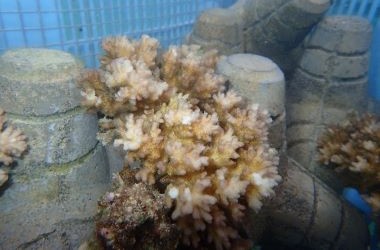
- Cauliflower CoralPocillopora damicornis
- This coral species, which inhabits Busena Marine Park, reproduces sexually and releases planula larvae. It is well-suited for developing technology for stable seedling production through sexual reproduction, due to its characteristic of releasing larvae monthly, except in winter. This differentiates itself from the genus Acropora, which typically release larvae only once or twice a year.
memo
The coral transplantation guideline of the Coral Reef Society states that "one should take maximum care to avoid genetic pollution of the coral reef ecosystem."It is important not to introduce coral species that are not native to the area. Additionally, even when transplanting species that are already present in the area, special care must be taken if they are being transplanted from a remote location to prevent genetic pollution of the existing coral colonies."
2. Nurturing coral seedlings
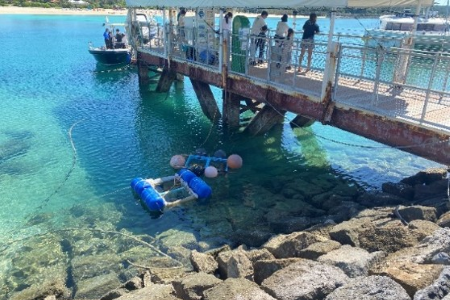
For the second phase, Sango Batake, the provider of the Plate Coral, conducted the intermediate cultivation of coral seedlings. However, for the third phase, we nurtured the seedlings in Busena Marine Park (near the boat dock) as a new trial, after obtaining special permission from the relevant Okinawa Prefecture departments.
We fabricated underwater containers for the intermediate cultivation and nurtured Plate Coral seedlings attached to simple, easy-to-use coral implantation devices. Additionally, we cultivated Branched Montipora Coral, which is expected to release planula larvae, into the containers.

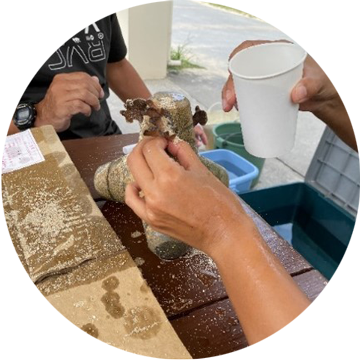
For the third phase of transplantation (October 12, 2023), the transplant project personnel prepared about 27 seedlings of Plate Coral.

Secure a few-centimeter pieces of coral, cut from the donors, onto simply installable coral implantation devices using an underwater glue specially designed for coral. Apply sand over the protruding glue, then harden it by soaking in seawater to attach them firmly. After being nurtured in this condition for a few months, the coral pieces will adhere to the bases.
To minimize damage to the coral, the securing process using underwater glue was performed quickly. By making grooves on the implantation devices in advance, applying the glue becomes easier and the process becomes smoother.
3. Coral Transplantation Work
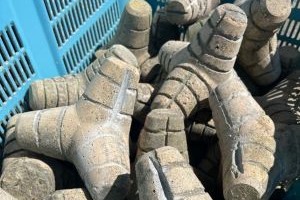
Method
While there are several methods for coral transplantation, we tried a new method for the third phase of transplantation, namely 'transplantation using straight stakes,' in addition to 'transplantation using simply installable coral implantation devices' and 'transplantation using mesh pots,' which were adopted during the second phase.

Two transplantation events took place during the third phase. On October 27, 2023, the transplantation was carried out using the ‘mesh pots’ and the ‘straight stakes.’
On March 25, 2024, the transplantation was carried out using ‘simply installable coral implantation devices.’
Before entering the water, participants received a briefing on coral transplantation. For safety reasons and to comply with time limitations, the transplantation positions and procedures were carefully confirmed before the work began.
Transplantation work
- Transplantation using simply installable coral implantation devices
- Transplantation using mesh pots
- Transplantation using straight stakes
-
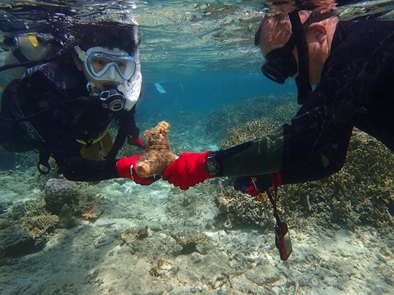
Step1
Enter the water from a pier at Busena Marine Park and carefully transport the coral seedlings to the transplantation site 60 meters offshore.
-
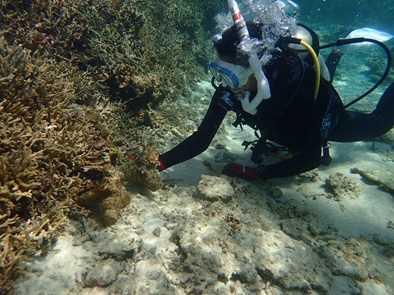
Step2
Confirm that no organisms are inhabiting the seafloor around the transplantation site.
Place the simply installable coral implantation devices into the crevices of the rock surface or hollows in the gravel, taking enough care to properly fix the Plate Coral. -
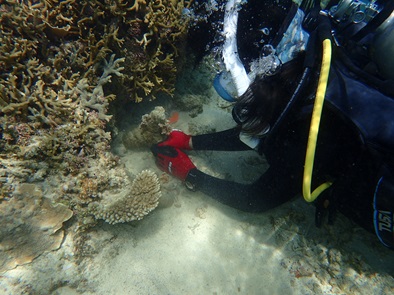
Step3
Confirm there is no tilting or wobbling of the devices after installation. Make fine adjustments to the position to ensure that the devices are settled well.
-
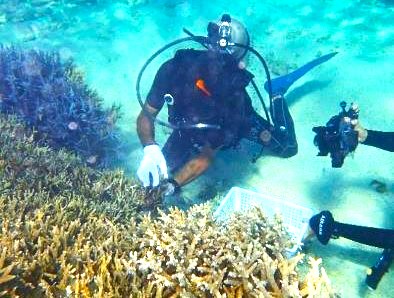
Step1
Collect pieces of the Branched Montipora Coral from the location 80 meters offshore where Branched Montipora Coral develops.
-
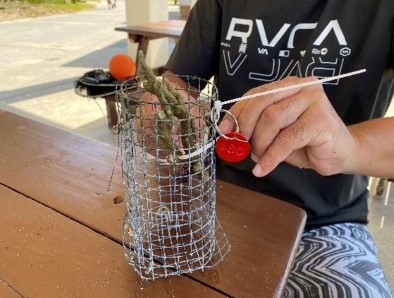
Step2
Place pieces of Branched Montipora Coral in mesh pots and secure the corals using biodegradable zip ties.
Carefully transfer the prepared mesh pots to the transplantation sites. -
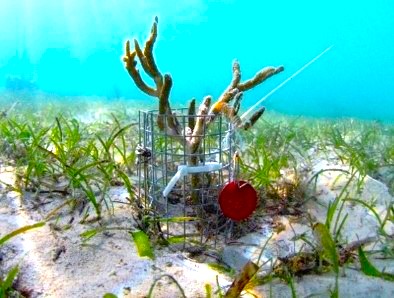
Step3
The transplantation is carried out at sandy locations where seagrass, such as sickle seagrass, thrives, near the vicinity of the previous year's transplantation site. Create indentations on the surface of the sandy seafloor and place the mesh pots in them to prevent displacement by waves.
-

Step1
Collect pieces of the Branched Montipora Coral from the location 80 meters offshore where this species develops.
-

Step2
Carefully transfer the collected coral and straight stakes to the transplantation sites. The transplantation is carried out at sandy locations where seagrass, such as sickle seagrass, thrives, specifically in the area surrounding the transplantation site where we used the mesh pots.
-
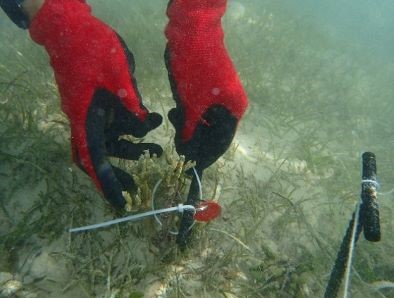
Step3
Drive stakes into the sand, then confirm they are fixed. Secure pieces of Branched Montipora Coral using biodegradable zip ties. Make sure the ties are tightly fasten.
5. Record of corals’ growth
Monitoring the growth and survival rate of transplanted corals is critical.
To achieve this, Busena Marine Park conducts research at one week, one month, three months, six months, and one year intervals after the transplantation. Here are the results of this research.
- The third phase
(April 2023 to April 2024)
We transplanted a total of 82 coral seedlings as part of the third coral transplanting operation, which included 22 Plate Coral (on March 25, 2024) and 60 Branched Montipora Coral (on October 27, 2023). Because we were unable to secure enough larvae and coral seedlings by sexual reproduction of Cauliflower Coral, we decided not to implement the transplantation of them this year.
Plate Coral
Branched Montipora Coral
-
One week laterSurvival rate 81%

April 5, 2024 【Weather: Rain】
 Monitoring research: A week after the transplantation(PDF 1.5MB)
Monitoring research: A week after the transplantation(PDF 1.5MB)
-
One month laterSurvival rate 77%
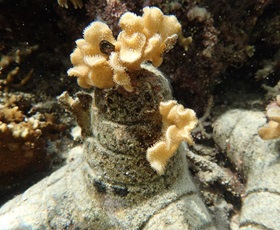
May 10, 2024 【Weather: Fine】
 Monitoring research: A month after the transplantation(PDF 1.5MB)
Monitoring research: A month after the transplantation(PDF 1.5MB)
-
Three months laterSurvival rate 77%

July 8, 2024 【Weather: Fine】
 Monitoring research:Three months after the transplantation(PDF 1.4MB)
Monitoring research:Three months after the transplantation(PDF 1.4MB)
-
Six months laterSurvival rate 22%
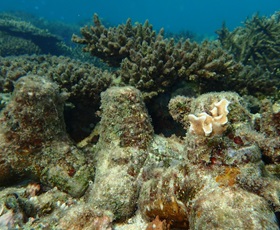
October 22, 2024 【Weather: Fine】
 Monitoring research:Six months after the transplantation(PDF 1.5MB)
Monitoring research:Six months after the transplantation(PDF 1.5MB)
-
Twelve months laterSurvival rate 9%
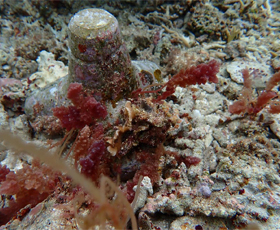
March 31, 2025 【Weather: Rain】
 Monitoring research: Twelve months after the transplantation(PDF 1.6MB)
Monitoring research: Twelve months after the transplantation(PDF 1.6MB)
-
One week laterSurvival rate 100%

November 3, 2023 【Weather: Fine】
 Monitoring research: A week after the transplantation(PDF 1.8MB)
Monitoring research: A week after the transplantation(PDF 1.8MB)
-
One month laterSurvival rate 93%
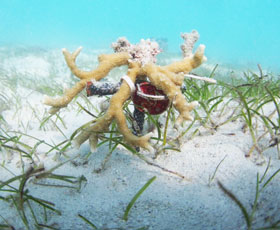
December 7, 2023 【Weather: Cloudy】
 Monitoring research: A month after the transplantation(PDF 1.9MB)
Monitoring research: A month after the transplantation(PDF 1.9MB)
-
Three months laterSurvival rate 81%
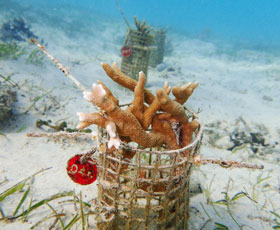
February 6, 2024 【Weather: Cloudy】
 Monitoring research:Three months after the transplantation(PDF 1.9MB)
Monitoring research:Three months after the transplantation(PDF 1.9MB)
-
Six months laterSurvival rate 75%
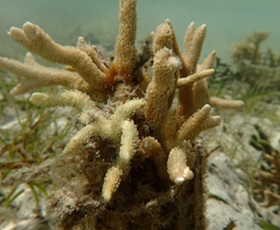
May 10, 2024 【Weather: Fine】
 Monitoring research:Six months after the transplantation(PDF 1.5MB)
Monitoring research:Six months after the transplantation(PDF 1.5MB)
-
Twelve months laterSurvival rate 58%

January 17, 2025 【Weather: Cloudy】
 Monitoring research: Twelve months after the transplantation(PDF 1.9MB)
Monitoring research: Twelve months after the transplantation(PDF 1.9MB)
-
One week laterSurvival rate 100%

March 29, 2023 【Weather: Fine】
 Monitoring research: A week after the transplantation(PDF 1.3MB)
Monitoring research: A week after the transplantation(PDF 1.3MB)
-
One month laterSurvival rate 86%

April 21, 2023 【Weather: Cloudy】
 Monitoring research: A month after the transplantation(PDF 1MB)
Monitoring research: A month after the transplantation(PDF 1MB)
5.Future goals and tasks for Busena Marine Park
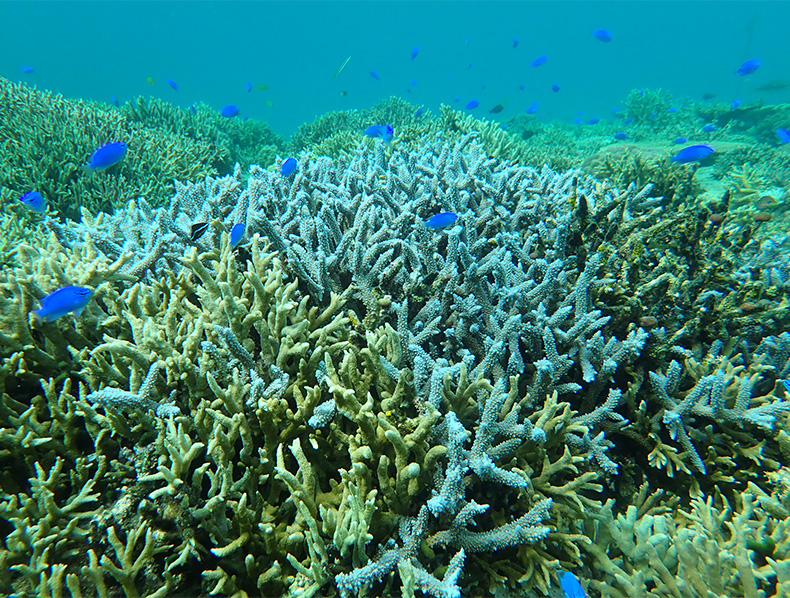
The coral transplantation project at Busena Marine Park was launched to commemorate the park's 50th anniversary. Starting from the second phase (FY2022), we have been conducting the project in cooperation with The Terrace Hotels Co., Ltd. and with financial support from Aramco Asia Japan K.K. through the Okinawa Coral Reef Conservation Consortium.
To preserve the rich oceanic environment at Busena Marine Park, we will continue cooperation with businesses nearby and research institutes.

General Incorporated Foundation - Okinawa Convention & Visitors Bureau
Besena Marine Park Office
1744-1 Kise, Nago city, Okinawa, JapanTEL.0980-52-3379FAX.0980-53-0675


